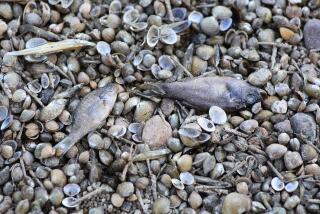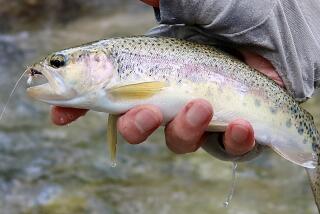Reviving the San Joaquin River
Historically, the San Joaquin is one of California’s major rivers. It begins its 370-mile journey in the pristine waters of Thousand Island Lake in the Sierra near Mammoth Mountain. The stream courses down the western slope of the mountains onto the billiard table-flat San Joaquin Valley, takes a sharp right turn and then flows north up the valley to the Sacramento-San Joaquin Delta and San Francisco Bay.
But that San Joaquin River died on the day in 1944 when they closed the gates of the new Friant Dam and gave the river to the farmers to irrigate a million-acre slice of the eastern San Joaquin Valley. Over the past half-century, the San Joaquin has essentially been dead for much of its length except during heavy periods of snow melt. And where it does flow, it often is a sump of polluted farmland runoff.
Now, against very tough odds, longtime antagonists have agreed to develop a plan to bring the San Joaquin back from the dead. Environmentalists and farmers on the east side of the San Joaquin Valley have agreed to work toward restoration of a 14-mile-long dry stretch of the San Joaquin below Friant Dam and west of Fresno.
The job will be costly and will involve finding additional sources of water elsewhere, something increasingly difficult in California. But it is worth the try if the San Joaquin can be brought to some measure of its former self.
The stored waters of Friant Dam, part of the federal Central Valley Project, are sent in two directions. Most of the water goes south through the 152-mile Friant-Kern Canal to farms in Fresno, Tulare and Kern counties. The rest goes north through the 36-mile Madera Canal to fields in Fresno and Madera counties.
The San Joaquin north of Mendota is mostly polluted irrigation runoff, although it gets fresh water from tributaries farther north. When it reaches the delta, some of this water is sucked back into the pumps and shipped south again to valley farms and to the homes of 16 million Southern Californians.
Reviving the San Joaquin will take creativity and uncommon cooperation between farmers and environmentalists. But few thought they ever would get this far. Now there should be no turning back.
More to Read
Sign up for Essential California
The most important California stories and recommendations in your inbox every morning.
You may occasionally receive promotional content from the Los Angeles Times.










